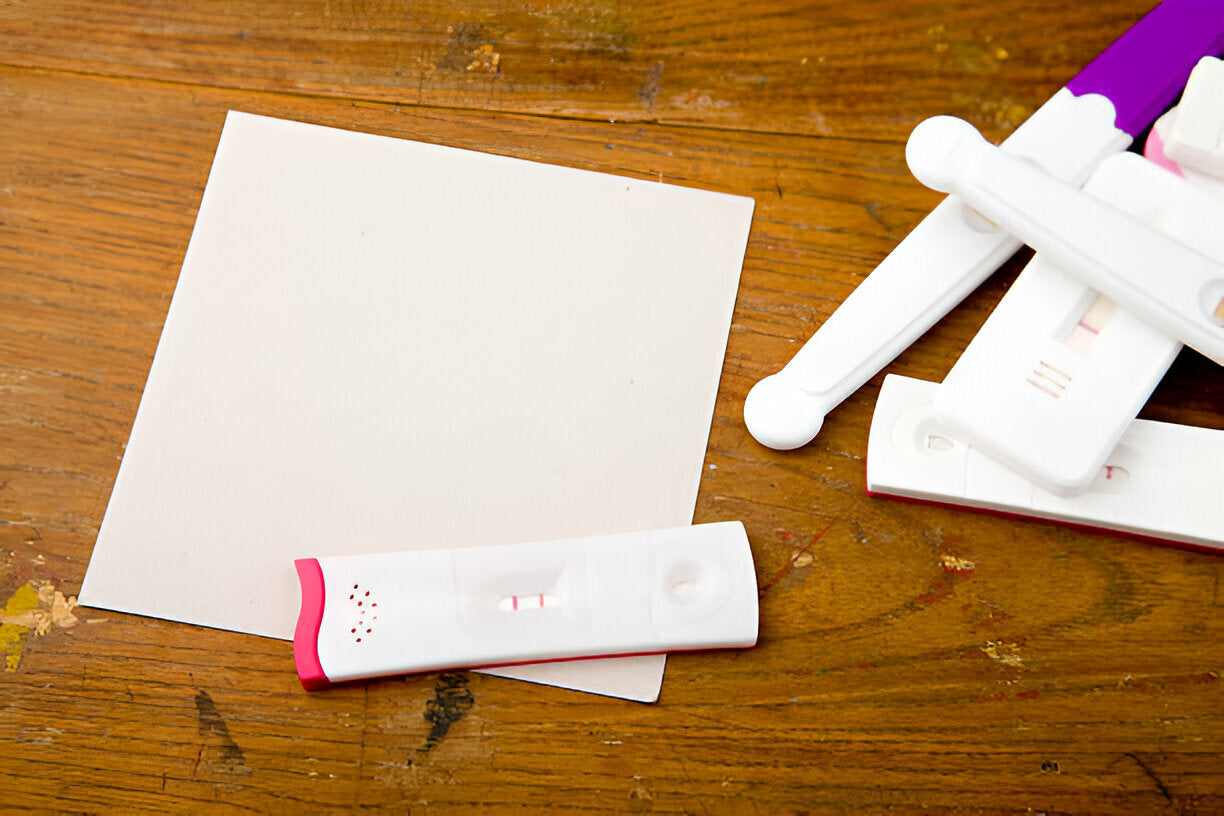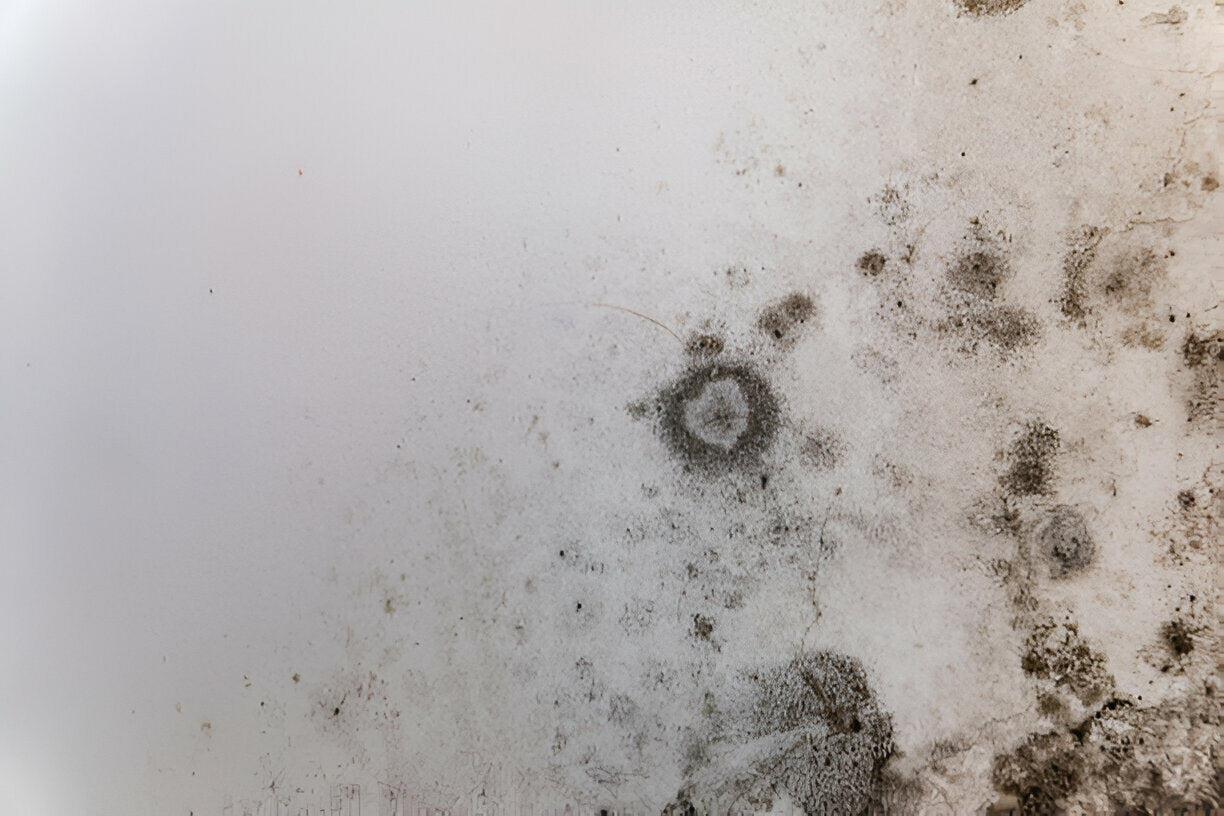Introduction: Mold growth in your HVAC system or around air vents can be a hidden, yet serious problem. Not only can it compromise the quality of the air in your home, but it can also lead to costly repairs if left unchecked. In this blog, we'll explore the causes of mold growth in HVAC systems, how to detect it, and steps you can take to prevent and address mold issues—helping you keep your home healthy and safe.
Why Does Mold Grow in HVAC Systems and Vents?
Mold thrives in environments with high humidity and poor ventilation—exactly what you might find in an HVAC system or around air vents. Here's why HVAC systems are especially vulnerable to mold growth:
-
Moisture: HVAC systems often deal with moisture from humidity in the air or condensation from cooling and heating. If the moisture isn’t properly drained or removed, it can create the ideal environment for mold to grow.
-
Warmth: Mold thrives in warm environments, and HVAC systems often provide the warmth needed for mold to grow, especially when the air conditioning is running in the summer or the heater is running in the winter.
-
Lack of Airflow: Poor airflow or a dirty air filter can lead to stagnation, trapping moisture in places where mold can develop. Additionally, if your system has not been regularly maintained, dust and debris can provide a food source for mold.
-
Leaks and Water Damage: If your HVAC system has water leaks or has been exposed to water damage (such as flooding or condensation), it can quickly become a breeding ground for mold.
How to Detect Mold in Your HVAC System and Vents
Detecting mold in your HVAC system or air vents can be difficult, as mold often grows in hidden or hard-to-reach places. However, there are a few signs you can look for:
-
Musty Odors: One of the most common indicators of mold growth in HVAC systems is a musty or earthy smell that intensifies when the system is running. This odor is caused by the spores that mold releases into the air.
-
Visible Mold: Sometimes, mold is visible around vents, air ducts, or on the HVAC unit itself. It may appear as dark patches or fuzzy growth, which can vary in color (black, green, or white).
-
Increased Allergies or Respiratory Issues: If you or your family members start experiencing respiratory issues, allergies, or other symptoms like sneezing, coughing, or asthma flare-ups when the HVAC is running, it could be a sign of mold in the system.
-
Condensation: Excessive condensation or water stains around your vents or HVAC unit may indicate that moisture is present and could lead to mold growth.
How to Prevent Mold in Your HVAC System and Vents
Taking preventive measures to stop mold growth in your HVAC system is essential for maintaining a healthy home. Here are some strategies to consider:
-
Regular Maintenance: Schedule regular maintenance for your HVAC system to ensure it’s running efficiently. This includes checking for leaks, ensuring proper drainage, and cleaning the evaporator coils and condensate pans to prevent moisture buildup.
-
Use a Dehumidifier: Mold thrives in high-humidity environments. Consider using a dehumidifier in areas with high humidity (such as basements) to reduce the moisture levels in the air.
-
Change Air Filters Regularly: Dirty air filters can block airflow and trap moisture, which can lead to mold growth. Change your HVAC filters every 1-3 months, or as recommended by the manufacturer.
-
Ensure Proper Ventilation: Ensure that your HVAC system has adequate airflow and ventilation. Stagnant air can cause moisture to build up in ducts, increasing the risk of mold growth.
-
Seal Leaks: If you notice water damage or leaks around your HVAC unit or vents, address them immediately. Sealing leaks prevents moisture from entering the system, which is key in preventing mold.
-
Clean and Disinfect Vents: Cleaning your air vents regularly will help remove dust and debris that could contribute to mold growth. You can also wipe down visible mold in vents with a mild cleaner, but be sure to take precautions to avoid releasing spores into the air.
How to Test for Mold in Your HVAC System
If you suspect mold in your HVAC system, testing is the best way to confirm it. MycoTest’s DIY Mold Testing Kit can be used to collect samples from around your HVAC vents or unit. Here’s how it works:
-
Collect Samples: Use the easy-to-use tools provided in the kit to take samples from areas with visible mold growth or around your air vents.
-
Send to the Lab: Send your samples to our accredited third-party lab using the included prepaid return label.
-
Get Results: Same business day - 1 business day, you’ll receive lab-certified results that identify the types and concentrations of mold present, helping you determine the next steps.
By testing, you can understand the extent of the mold problem and decide whether you need to consult a professional mold remediation specialist.
What to Do If Mold is Detected in Your HVAC System
If mold is detected, taking swift action is crucial. Here’s what you can do:
-
Consult a Professional: If mold is extensive, or if you’re unsure how to address it, contact a certified mold remediation professional. They can thoroughly clean your HVAC system and ensure mold doesn’t return. For further assistance contact us to be connected with an in network third-party remediation contractor in your area.
-
Clean and Disinfect: For smaller mold problems, you can clean visible mold from vents and HVAC components using appropriate cleaning products. Be sure to wear protective gear such as gloves, a mask, and goggles to avoid inhaling mold spores.
-
Consider Replacing Components: In severe cases, parts of your HVAC system (like ducts or filters) may need to be replaced if mold contamination is too widespread.
Keep Your HVAC System Mold-Free with MycoTest
Mold in your HVAC system can affect both your health and the performance of your air conditioning or heating system. Regular maintenance, early detection, and prompt action are essential for keeping your home safe and comfortable. If you suspect mold in your HVAC system, take the first step with MycoTest’s DIY Mold Testing Kit.
Order your DIY Mold Testing Kit today, and start protecting your home from mold-related risks. With fast, reliable results, you’ll be empowered to take the right steps toward mold prevention and remediation.
Conclusion
Mold growth in your HVAC system or air vents is a hidden hazard that can affect the health of your family and the condition of your home. By understanding the causes, detecting early signs, and taking preventive measures, you can keep your HVAC system mold-free and ensure clean, healthy air in your home. Don’t wait until the problem worsens—take action today with MycoTest.






